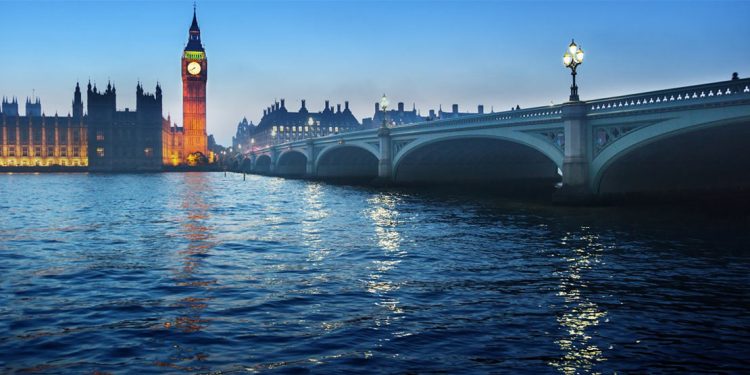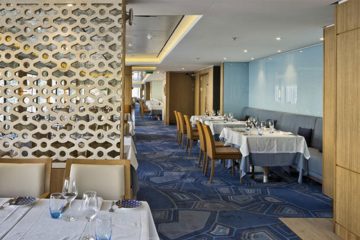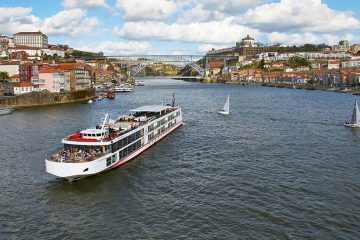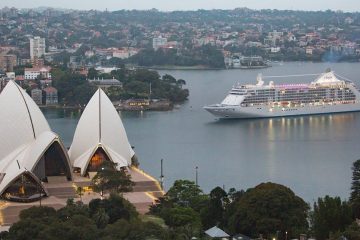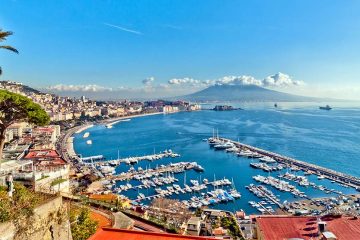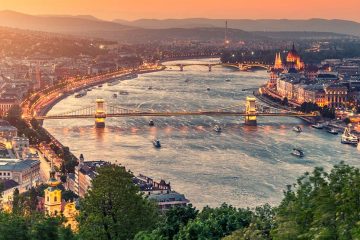Take in Varied Cities and Sights on These European River Cruises
Afternoon Adventures or Countryside Exploration: The Thames (Oxford to the North Sea)
It’s hard to think of England without thinking of the Thames. Ancient and celebrated, it bisects London, that cities of cities, bearing cargo cruisers and tourists alike down its storied course. In fact, if you search for Thames river cruises online, you’re likely to find countless companies offering London day trips for European river cruises. Think of Chicago’s famous architectural tours, and you’ll have the gist of it.
These short trips last anywhere from 30 minutes to two-and-a-half hours. Some offer meals. Some allow you to hop on and off, treating your vessel of choice like some kind of glorified taxi. Some boast live music or guides offering quirky bits of history, such as ghost tours. Some even provide jaunts in re-creations of historical ships, all soaring masts and billowing sails. In the end, though, you’ll always end up enjoying famous London sights such as London Bridge, Westminster Abbey, the Houses of Parliament, Shakespeare’s Globe and Big Ben.
While such tours are all well and good in and of themselves, many river travelers want a more expansive experience, one that takes in more than a single city, no matter how grand. Fortunately, the 200-mile length of the Thames can offer just that. Traveling all the way to Oxford, these placid journeys take place on far smaller boats than other typical river tours. In fact, most will accommodate only six to eight people. The truly adventurous can rent canalboats and steer up the Thames on their own, directing their own tours. It’s the perfect option for lovers or families who prefer to take their own time.
What will you see on European river cruises? Stroll through Goring-on-Thames to get a feel for the countryside that inspired Kenneth Grahame’s “The Wind in the Willows.” Tour Hampton Court Palace near East Molesey, learning about how Henry VIII’s tumultuous private life became a very public crisis. For a lighter time, enjoying blocky creations with the kids at the LEGOLAND Windsor Resort. Fans of “Downton Abbey” should stop in Hampshire to see Highclere Castle, a Victorian-era structure that served as the setting for the famous show. Then there’s Oxford itself, that famed seat of learning that boasts Oxford Castle, the Bodleian Library and nearly 40 beautiful colleges.

Touring Ideal Iberian Wine Country: The Douro (Vega Terrón to the Atlantic Ocean)
A lesser-known waterway for European river cruises — but making for a no less breathtaking cruise — the Douro River twines from Sierra de Urbión, a mountainous region in Northern Spain, all the way to Portugal and the Atlantic Ocean. You won’t get to traverse its entire area, though. Despite being the third longest river on the Iberian peninsula, it was unnavigable for hundreds of years to all but the most specialized ships.
Tumultuous and often fast, the river primarily served the wine trade as boats that drew minimal water transported casks to port. Today tourists can enjoy the Douro thanks to a series of locks that stabilize the water. Still, though, they can only traverse a portion of its 500-mile length. But what a stunning portion it is.
Most Douro cruises start at Porto and travel west, ending up in Vega Terrón, a Spanish port town. Then they double back, becoming round-trip affairs. A handful offer one-way trips, but the sights they see are often the same. And what amazing sights they are. The Douro River Valley itself became a UNESCO World Heritage Site nearly two decades ago. Wine fans will recognize the name, especially if they’re a fan of port, the sweet, fortified drink with a complex finish and an alcoholic punch.
Many Douro river cruises will visit a vineyard or winery during this section of the trip. It’s worth a stop for the historical significance alone. Experts consider the area the world’s oldest, formally delineated wine-producing region. Plus, it’s (to put it mildly) pretty to look at. The Douro earned the name River of Gold because the setting sun seems to lathe the surroundings in brilliant light.
Down the river, Régua houses the Museu do Douro, a museum providing slightly more technical exhibits explaining the area’s wine-making prowess. Guimarães wows with wonderful medieval architecture, including the Collegiate Church of Nossa Senhora da Oliveira and the Praça de Santiago. Try to find a guide who can take you on a bike tour of the area.
Architectural addicts will gasp at the Sanctuary of Nossa Senhora dos Remédios. It rises above the town like a benevolent overseer, its 686 friezed stairs leading up to the church itself where ornate art celebrates the Virgin Mary.
Taking a Viking Homelands cruise will grant you the opportunity to experience some of the best cuisine of Scandinavia, without ever leaving the ship.
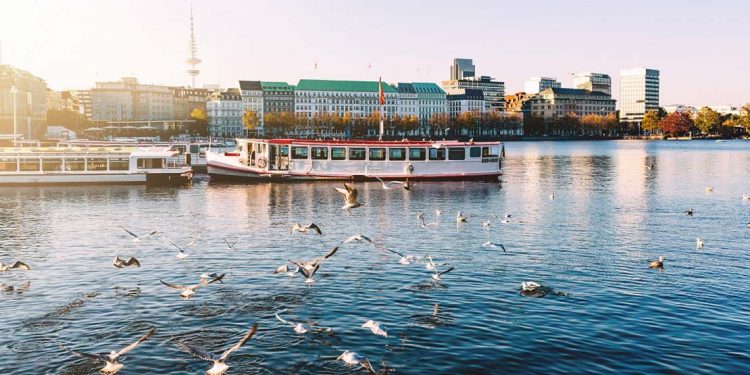
Finding Old Europe: The Elbe (Prague to Berlin)
One of Europe’s largest rivers links two of its oldest nations: Germany and the Czech Republic. This makes for one of the greatest European river cruises destinations. The Elbe runs nearly 700 miles in length, and many tour companies don’t confine themselves simply to that river. A number will detour into the Vltava River, which just happens to be the Czech Republic’s longest river. As with other tours mentioned in this overview, exact routes and itineraries can vary from outfit to outfit. However, there are a number of sites you should expect to see on a river cruise down the Elbe, starting with Prague.
The City of a Hundred Spires (the nickname that 19th-century mathematician Bernard Bolzano gave to Prague) is one of the European wonders that has managed to maintain hundreds of years of history despite the tumult of the modern world. From the river, you’ll see Old Town, a 12th-century remainder of ancient Prague with buildings rising in Romanesque, Gothic and Baroque architectures. A statue in the Old Town Square pays respects to the proto-Protestant theologian Jan Huss whose theological insights eventually prompted a war.
A short trip from Prague’s central hub will net another far darker historical snapshot.The Theresienstadt Concentration Camp lies a few miles from the city — it served as a Nazi concentration camp during World War II. A sobering reminder of the lessons one must learn from the past, it saw the extermination of tens of thousands of people and the forcible detention and relocation of hundreds of thousands more.
History marks more than just Prague. Elbe river tours tend to stop in Lutherstadt Wittenberg, a once little town that shows the power of religion to shape the affairs of men. Hundreds of years ago, it saw a lowly monk named Martin Luther nail his 95 theses to the Wittenberg Castle church door. Even cruisers without much interest in religion ought to schedule a day trip to see the area that beget the Protestant Reformation proper and reshaped the face of continental Europe.
Other stops on your European river cruises emphasize far lighter things. Sip stunningly good Czech beer in Litomerice. Learn about porcelain in Meissen, a city whose top-tier clay caused it to become the first European porcelain producer to rival the output of China. The 500-or-so late-Gothic and Renaissance edifices standing in Torgau will make architecture lovers drool. Ditto for Potsdam, the former Prussian royal seat that somehow survived World War II with nary a scratch. And to wrap up your Elbe river cruise, you’ll likely land in Berlin, a city whose richness of culture deserves an article all to itself.
By now, you get the idea: seeing Europe from the ancient waterways that cut across it is one of the best ways to understand Western civilization itself and to appreciate its astounding natural beauty.

